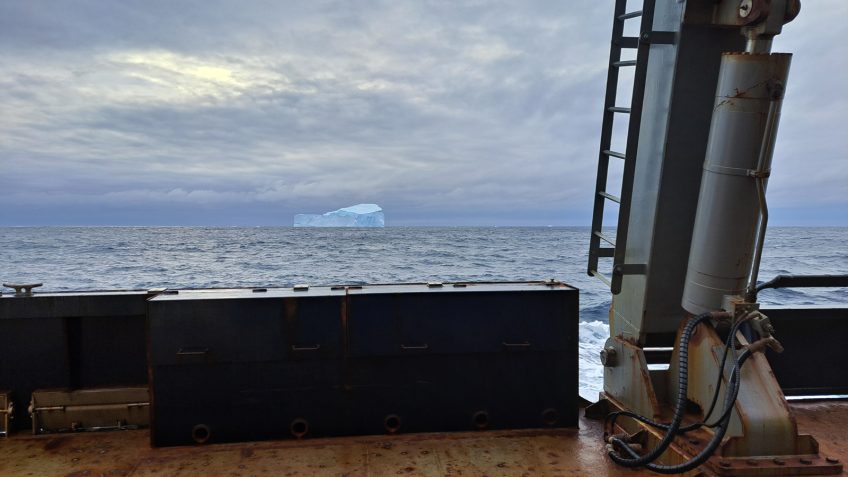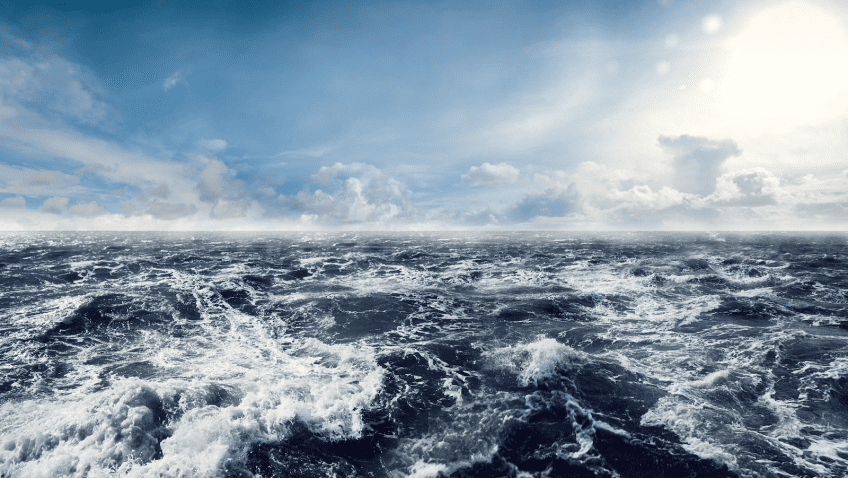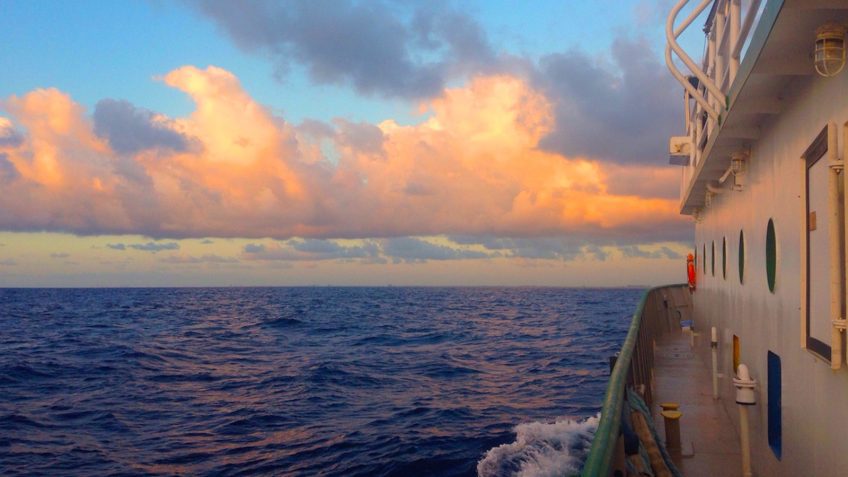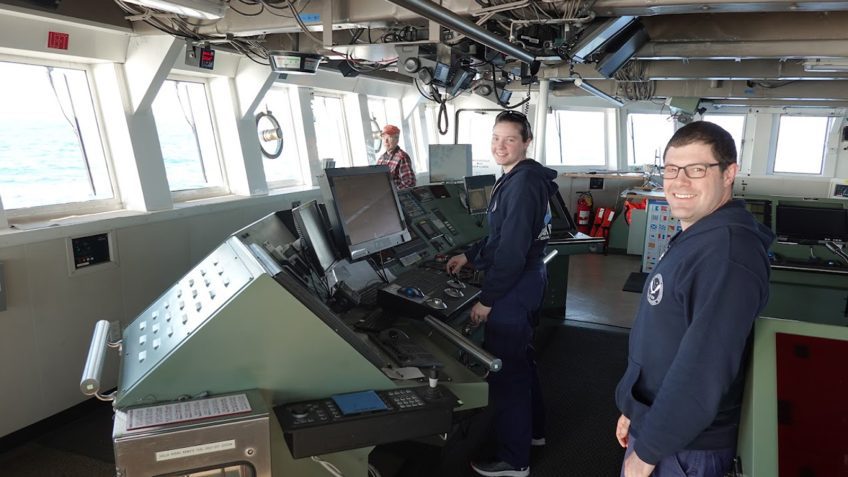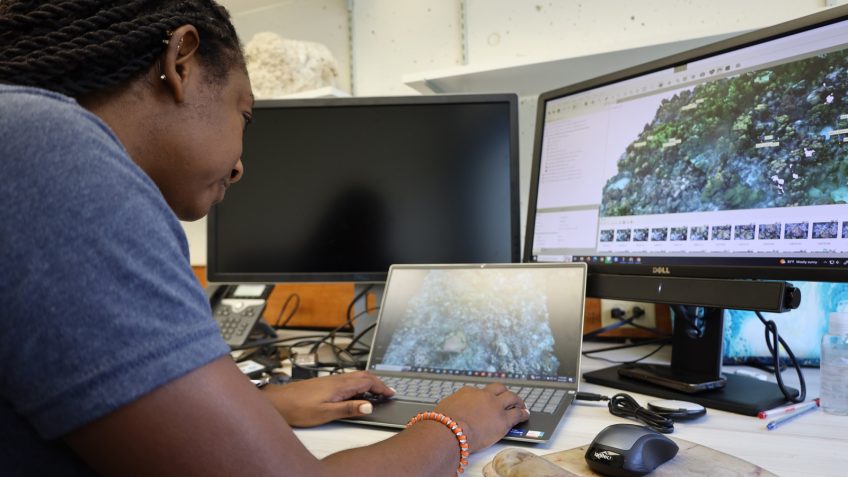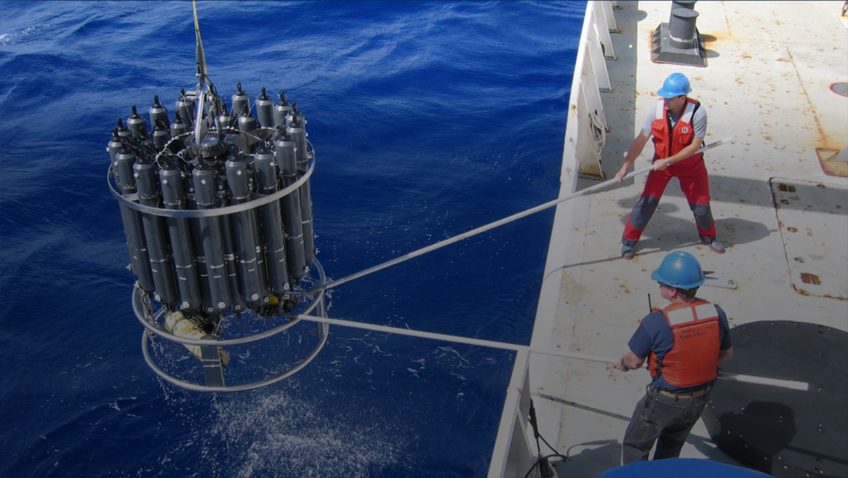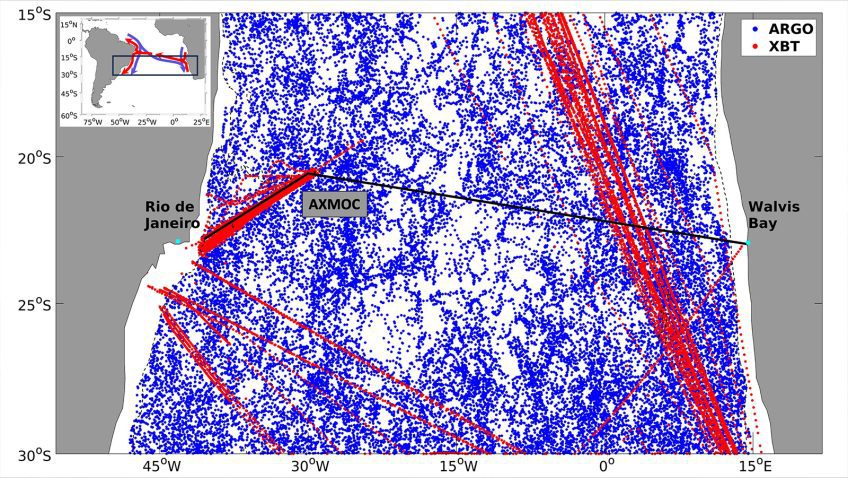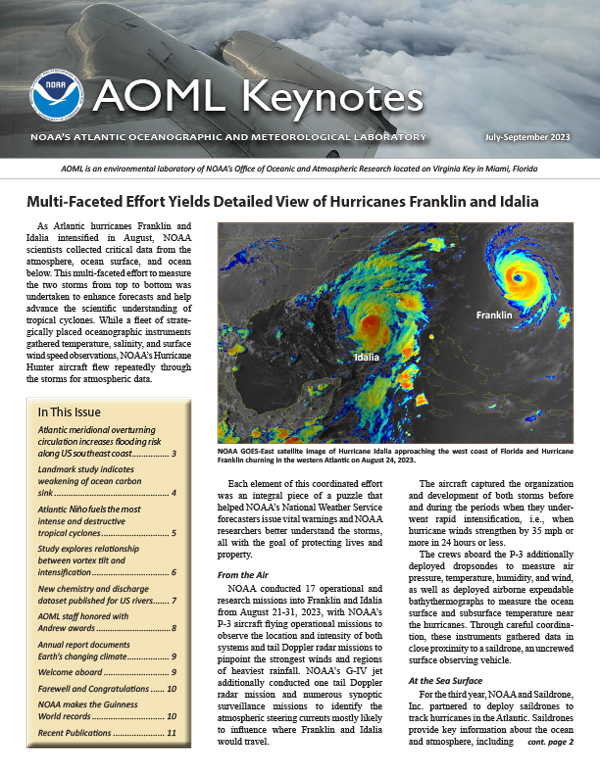class=”has-small-font-size”>A. M. Palacio-Castro, I. C. Enochs, et al.
Ocean acidification (OA) threatens coral reef persistence by decreasing calcification and accelerating the dissolution of reef frameworks. The carbonate chemistry of coastal areas where many reefs exist is strongly influenced by the metabolic activity of the underlying benthic community, contributing to high spatiotemporal variability. While characterizing this variability is difficult, it has important implications for the progression of OA and the persistence of the ecosystems. Here, we characterized the carbonate chemistry at 38 permanent stations located along 10 inshore-offshore transects spanning 250 km of the Florida Coral Reef (FCR), which encompass four major biogeographic regions (Biscayne Bay, Upper Keys, Middle Keys, and Lower Keys) and four shelf zones (inshore, mid-channel, offshore, and oceanic). Data have been collected since 2010, with approximately bi-monthly periodicity starting in 2015. Increasing OA, driven by increasing DIC, was detected in the mid-channel, offshore, and oceanic zones in every biogeographic region. In the inshore zone, however, increasing TA counteracted any measurable OA trend. Strong seasonal variability occurred at inshore sites and included periods of both exacerbated and mitigated OA. Seasonality was region-dependent, with greater variability in the Lower and Middle Keys. Elevated pH and aragonite saturation states (ΩAr) were observed in the Upper and Middle Keys, which could favor reef habitat persistence in these regions. Offshore reefs in the FCR could be more susceptible to global OA by experiencing open-ocean-like water chemistry conditions. By contrast, higher seasonal variability at inshore reefs could offer a temporary OA refuge during periods of enhanced primary production.
Download the full paper
